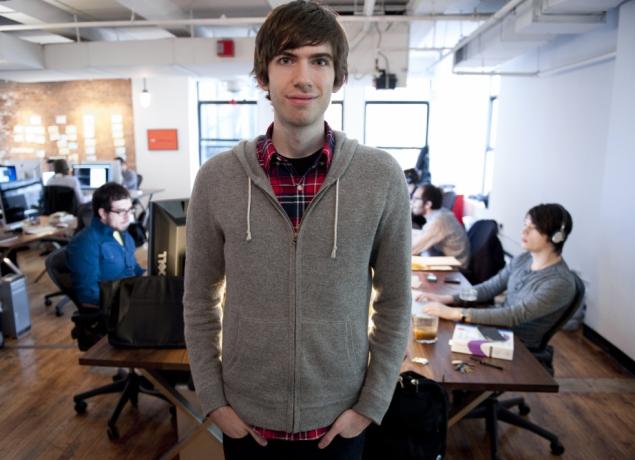History 
David Karp wanted something different in his blogging experience. Ironically enough, he was tired of sites like WordPress that made blogging difficult and anything but seamless. Bloggers were finding ways to be unconventional with their blogs, but it was difficult; hammering out a good-looking post took about an hour. The process was far too difficult for the average internet user. People were interested in the world of blogging, but the platforms were too complicated. They needed a quick, easy way to share posts–without having to type it all out on WordPress.
Personality
“The blogosphere was really pretty mature. It had matured, though, to a place that was really designed for editorial publishing.” -David Karp
The problem was not only that blogs were difficult, but they were designed more specifically for editorial publishing, as Karp mentions in a video interview with Chris Dixon (co-founder of Hunch). Karp, who doesn’t consider himself much of a writer, still wanted to share things online with his friends and family. He felt that people, whether or not they had the patience to learn how to blog well, wanted to share their personality online–and so he created a way to do that.
Better than Blogs
In February 2007, Tumblr was born. Meshing together all of the things he wanted (and knew that people needed) in a personal site, he created Tumbr as a place to express and share music, videos, and statuses, making it far easier for individuals to express themselves.
Not to Harp on Karp, but . . . 
Today the entrepreneur has a net worth over $200 million, and Tumblr has been valued at $800 million. His little idea has become huge–now, there are over 150 million blogs on Tumblr. The site showcases all kinds expression, and personality.



 In addition to creating a soil enhancer, sustainable biochar practices can produce oil and gas byproducts that can be used as fuel, providing clean, renewable energy. When the biochar is buried in the ground as a soil enhancer, the system can become “carbon negative.”
In addition to creating a soil enhancer, sustainable biochar practices can produce oil and gas byproducts that can be used as fuel, providing clean, renewable energy. When the biochar is buried in the ground as a soil enhancer, the system can become “carbon negative.” Starting out as an early chronicle of sneaker culture,
Starting out as an early chronicle of sneaker culture, 



